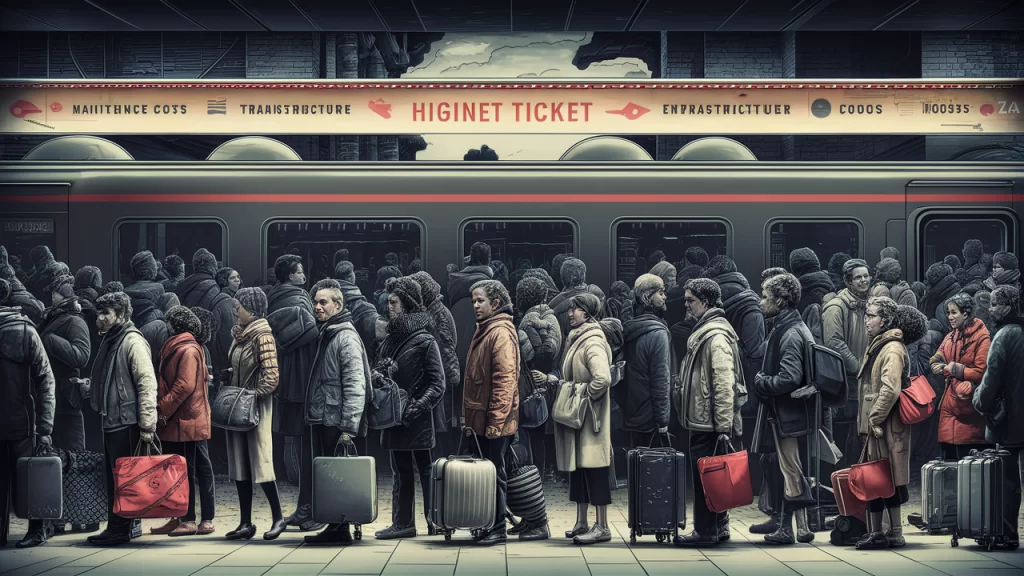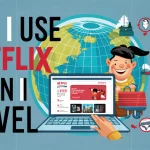Why is Train Travel So Expensive? Train travel, once a symbol of affordable and leisurely transportation, has become increasingly expensive in recent years. Understanding the reasons behind high rail fares is crucial for both travelers and policymakers. This article delves into the various factors contributing to the high costs of train travel and addresses related questions, such as why flying is cheaper than taking a train, why Eurostar is more expensive than flying, and why Amtrak has a poor reputation.

Content
Historical Context of Train Travel Costs
The pricing of train travel has evolved significantly over the decades. While once considered a cost-effective mode of transportation, modern-day train fares often rival or exceed the cost of flying. Understanding this historical context helps to highlight the reasons behind the current high prices.
Infrastructure and Maintenance Costs
One of the primary reasons for the high cost of train travel is the expense of building and maintaining rail infrastructure. Unlike airports, which are centralized hubs, rail networks require extensive tracks, stations, and signaling systems. These infrastructure needs result in significant ongoing maintenance costs, which are often passed on to consumers in the form of higher ticket prices.
Operational Expenses
Operational expenses, including staffing, labor costs, and energy consumption, also contribute to the high cost of train travel. Trains require skilled personnel for operation and maintenance, and the fuel costs for trains can be substantial. In comparison, airlines benefit from economies of scale, which help to lower their operational expenses and, consequently, airfare prices.
Government Subsidies and Funding
Government subsidies play a crucial role in the affordability of both train and air travel. While many airlines receive substantial subsidies and financial support, the rail industry often struggles with reduced government funding. For instance, Amtrak, the United States’ primary passenger rail service, faces significant financial challenges due to limited government support, resulting in higher fares for passengers.
Market Demand and Competition
Market demand and competition significantly impact train travel costs. In many regions, trains face stiff competition from airlines, particularly budget carriers that offer lower prices. This competition forces train operators to adopt pricing strategies that can result in higher fares for consumers. Additionally, the demand for train travel varies by region, influencing ticket prices based on market conditions.
Technological Investments
Investing in modern train technology is essential for improving service quality and efficiency. However, these technological advancements come with high costs. Upgrading rail systems, purchasing new trains, and implementing advanced signaling technology require significant financial investments, which can lead to increased ticket prices.
Why Flying is Cheaper Than Train Travel

Several factors contribute to the lower costs of flying compared to train travel. Airlines benefit from economies of scale, where the high volume of passengers allows for lower per-passenger costs. Additionally, the presence of budget airlines in the market has driven down airfare prices, making flying a more affordable option for many travelers.
Why Eurostar is More Expensive Than Flying
Eurostar, the high-speed train service connecting London with Paris and Brussels, is often more expensive than flying. This can be attributed to several factors, including the high costs associated with operating and maintaining high-speed rail services. Eurostar also targets a specific market segment, offering premium services that justify higher ticket prices compared to budget airlines.
Why is Train Travel So Expensive Amtrak is So Bad
Amtrak, the United States’ primary passenger rail service, faces numerous challenges that contribute to its poor reputation. Common complaints include delays, outdated infrastructure, and high ticket prices. These issues are largely due to financial struggles, limited government support, and operational inefficiencies, making it difficult for Amtrak to compete with other national rail services.
Potential Solutions and Future Outlook
Addressing the high cost of train travel requires a multifaceted approach. Potential solutions include increasing government funding for rail infrastructure, adopting more efficient operational practices, and investing in modern technology. Additionally, policies that promote competition and market efficiency could help lower ticket prices. The future of rail travel pricing depends on strategic investments and policy changes that prioritize affordability and sustainability.
Conclusion
The high cost of train travel is the result of various factors, including infrastructure and maintenance costs, operational expenses, limited government subsidies, market demand, and competition. While flying often remains cheaper due to economies of scale and the presence of budget airlines, understanding the reasons behind high rail fares is essential for making informed travel decisions. By addressing these challenges, there is potential for more affordable and efficient train travel in the future.

An avid traveler, Kirk Grover has been to over 50 countries. He has an extensive background in tourism and hospitality management, along with a degree in Hospitality Management from the University of Nevada Las Vegas. Kirk is very knowledgeable about travel-related topics – they are always up to date on the latest deals for flights, hotels, and other adventures around the world.











